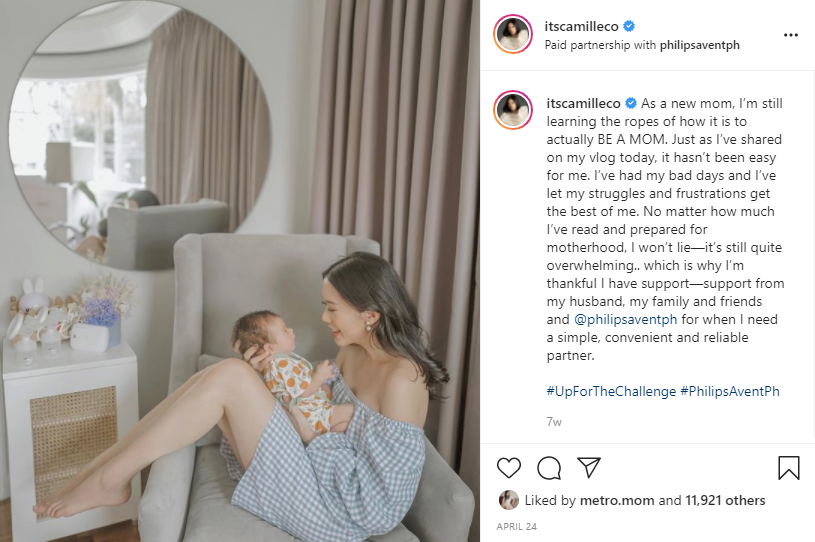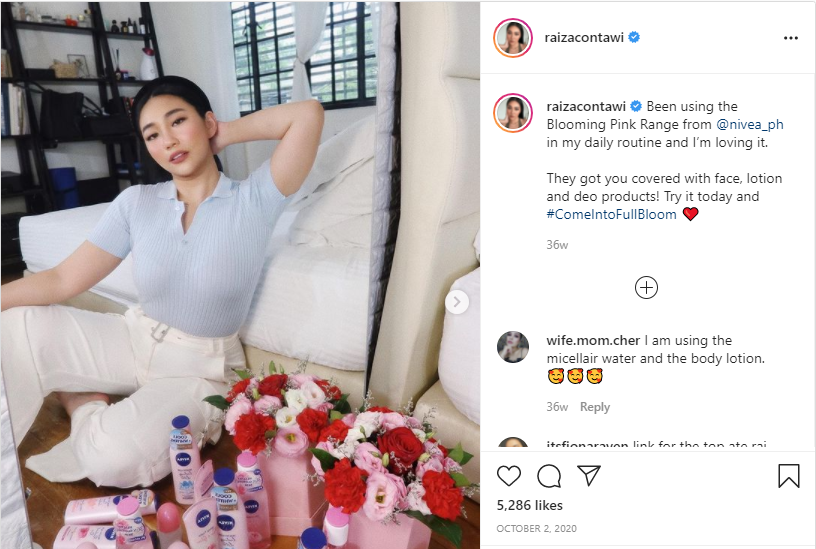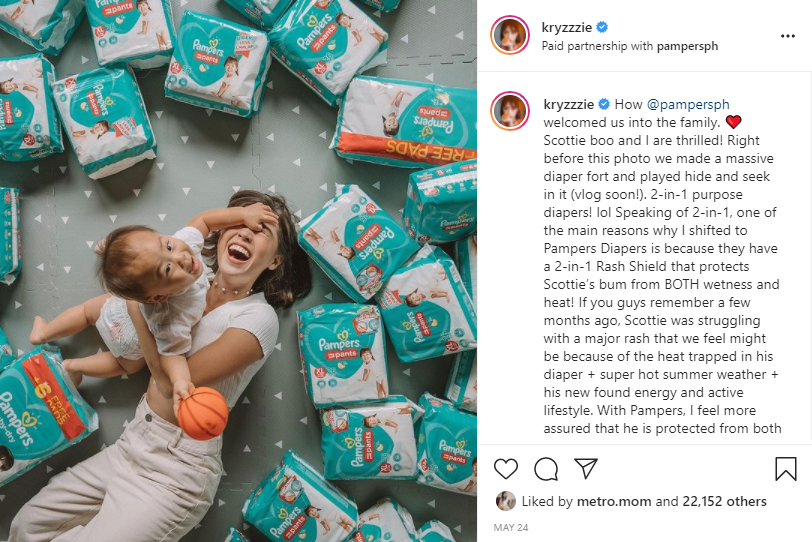Influencer marketing is similar to word-of-mouth marketing but amplified. Given that recommendations are generally more trusted, using influencers also targets a specific group of identified audience. While most influencers have sparkly, eye-catching, well-curated feeds, there’s more to it than meets the eye.
Influencers create authentic, personalized content to engage their audience and establish credibility. With this in mind, they collaborate with brands that are aligned to the lifestyles they show online. Over time, they foster a community that can help new brands initiate interaction with a higher chance of retention and acceptance.
However, you should clearly determine your brand’s own personality, objectives, and values before initiating a collaboration to make the most out of it.
Also read: How Micro influencers Can Help Your Brand
The glitz and glamour of influencer marketing
Brand Personality and Values
Personifying the brand helps you determine how your brand, if it’s a person, presents itself to others. Tapping the right influencer echoes your brand personality and values effectively, helping you to build rapport and resonate with your audience.

Source: Instagram
Influencer Niche and Reach
Once rapport is built, these influencers will help bridge your message, your story, what you offer, and get it across to their audience, seeding them relevant information. This is effective because the influencer’s audience is already aligned with what your brand is offering.

Source: Instagram
Engagement and Trust
As influencers are real people, it’s easier for audiences to relate and eventually feel as though a part of their lives. And the public can easily detect authenticity or the lack of it, even if it is only through the social media platforms.

Source: Instagram
By now, you may think it’s easy to build a brand and community with influencers but remember that there are always two sides to a coin. More often than not, there are risks too in collaborating with an influencer.
The dark side of influencer marketing
Inconsistent and Misleading Messages
As these influencers collaborate with other brands simultaneously, as the brand’s gate-keeper, you should also be conscious of the other brands coinciding or clashing with yours. You should ensure that your brand message is consistent and well-delivered to avoid misleading the audience.
Fake Followers and Fake Numbers
Though this is not exactly harmful to your brand, it will be a waste to collaborate with influencers who have fake followers and engagements. You should be wary of the padded numbers and focus more on influencers who receive higher organic engagement to cultivate a beneficial online presence. As a guide, a bigger audience is not always better.
Bad Publicity
Bad publicity only does more harm than good for your brand. The risk of your brand being exposed to bad publicity due to the personal lives or other brand affiliations of the influencer will always be there. Always assess whether the benefits outweigh the risks in choosing the right influencer. But that’s on the extreme side.

Is influencer marketing for your brand?
Your objectives for engaging any influencer has to clear at the onset. This will allow you to better calibrate and set measurable indicators of success. Whether you want to increase awareness and brand recall, engage participation in campaigns or events, or, more importantly, convert the audience to customers and make the sale, do all these before even considering any influencer.
Beyond these collaborations, you still need to work hard in converting the audience to loyal customers and ensure a relationship that, even without the influencer, lasts.
More influencer marketing tips for you:
10 VisMin Influencers: Their Local Reach and Power
How to Work Best with Fashion Influencers
Filipino Influencers for Your Online Brand






